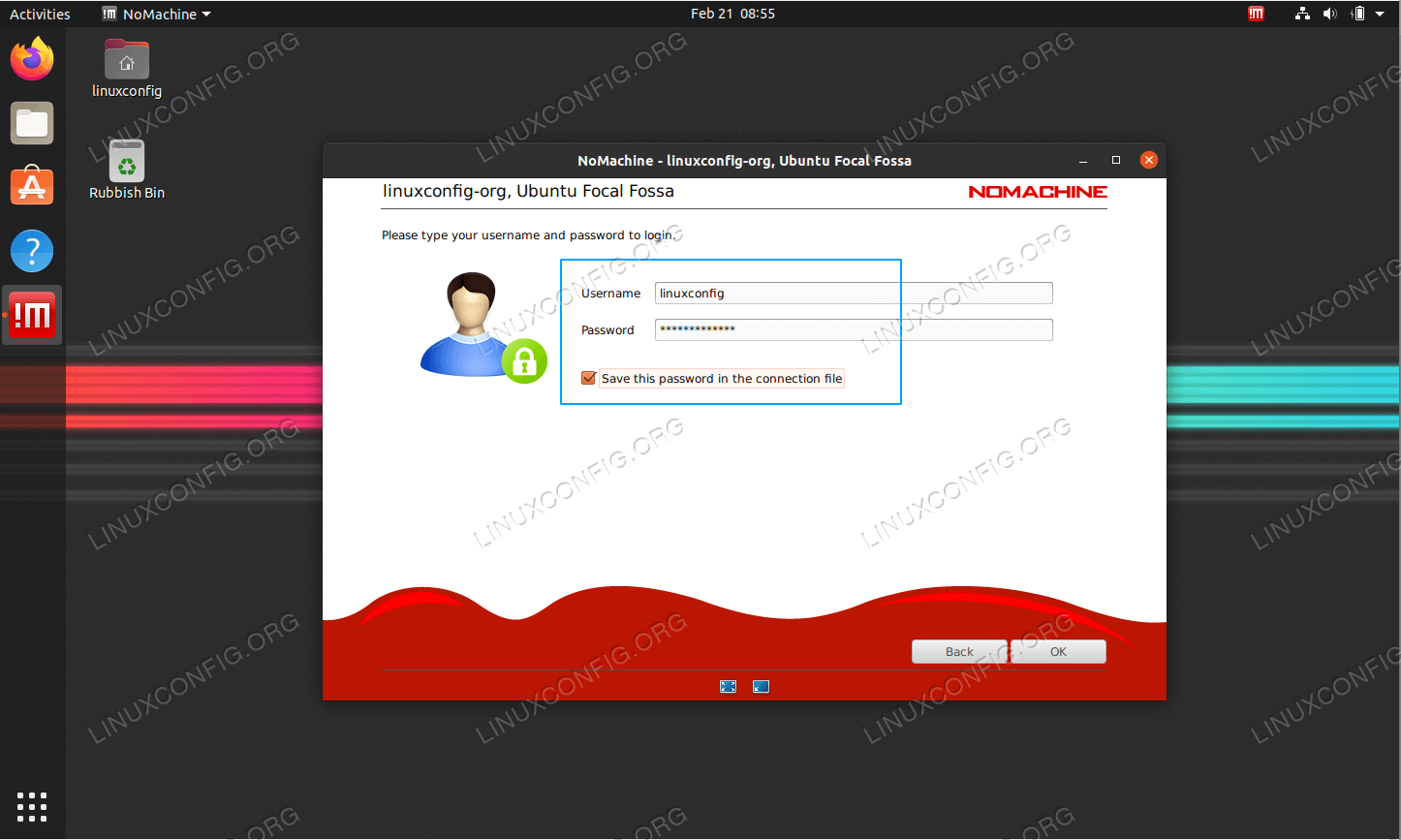
What is NoMachine Enterprise Desktop for? Welcome to the NoMachine Enterprise Desktop - Installation and Configuration Guide v. NoMachine Enterprise Desktop Installation and Configuration Guide Federating the Enterprise Desktop Under a Cloud Serverġ. Setting-up a Centralized Access to Multiple Enterprise Desktop Serversġ7.1. Configuring the Automatic Clean-up of Session Directoriesįederating the Enterprise Desktop Under a Cloud Serverġ7. Device Sharing, Copy&Paste and File Transferġ6.1.

Configuring User's Ability to Disable Accepting Connectionsġ3. Configuring Users and Authorization for Connecting to a Physical Desktopġ2.4. Configuring Interaction Level to the Physical Desktopġ2.3. Blanking the Remote Screen and Auto Lock Upon Disconnectingġ2.2. Connections to the Remote Desktop and Collaborative Sessionsġ2.1. Executing Custom Scripts on Server/Node Eventsġ2. Connecting as a NoMachine Trusted Userġ1.3. Connecting with a Privileged System Accountġ0.3. Managing Users on the Enterprise Desktop Hostġ0.2.

Using NoMachine DBs for Managing User Accessġ0.1. Connecting to a Server Behind a Firewall (UPnP Port Mapping)ĩ.6. Locking Down the Accepted Authentication Methodsĩ.5. Defining Protocol in Server Configurationĩ.2. Supported Connection Protocols and Authentication Methodsĩ.1. Handling with Discovering of this Server on LANĩ. Hiding the NoMachine Monitor and Notification Messagesħ.6. Stopping and Starting Network Servicesħ.5. Stopping and Starting Enterprise Desktop and Servicesħ.3. Video Streaming Encoding in Client Sessionsħ.2. Video Streaming Encoding in Web Sessionsĥ.2.

Compression Techniques and Optimizationsĥ.1. Web Optimizations: Using WebRTC (Real-Time Web Communication)ĥ. Using an Alternative Apache Web ServerĤ.4. Managing Enterprise Desktop Web ServicesĤ.3. Configuring NoMachine Enterprise DesktopĤ.2. Preventing Users from Storing CredentialsĤ. Connecting by Browsers Via Enterprise Desktop Web Toolsģ.3. Initiating a NoMachine Connection (end-user's side)ģ.1. NoMachine Enterprise Desktop - Installation and Configuration GuideĢ.8.


 0 kommentar(er)
0 kommentar(er)
